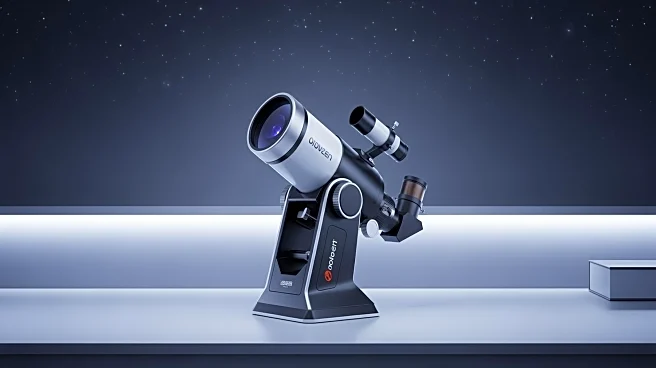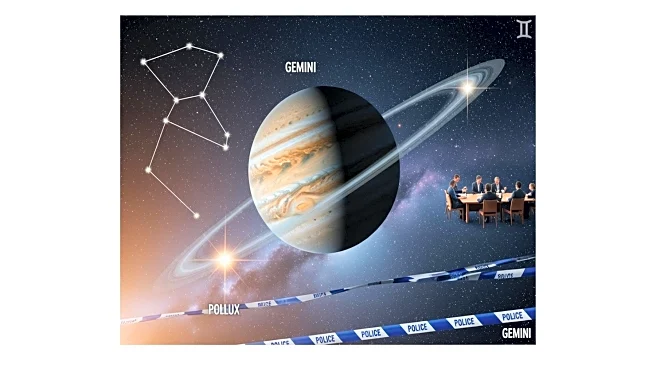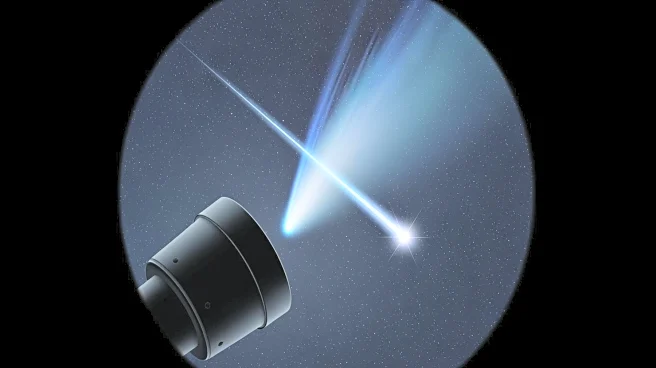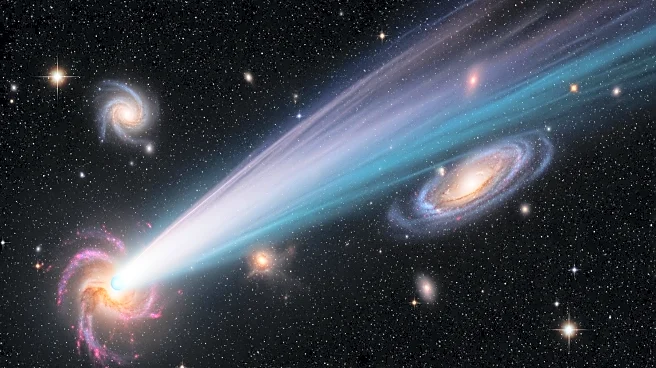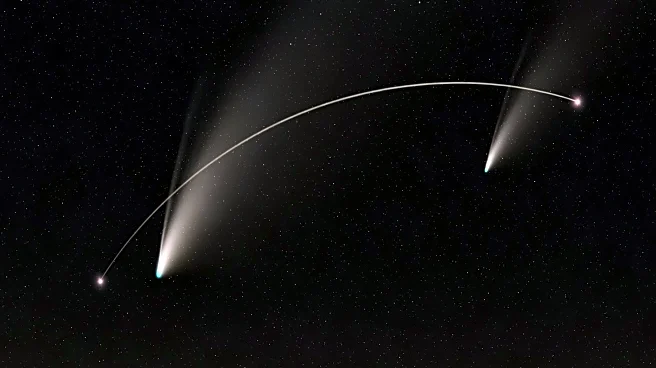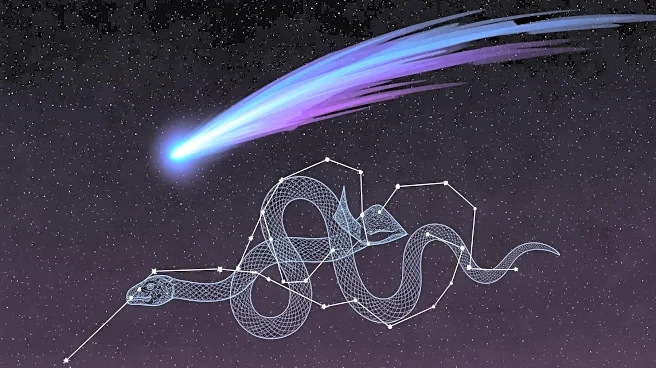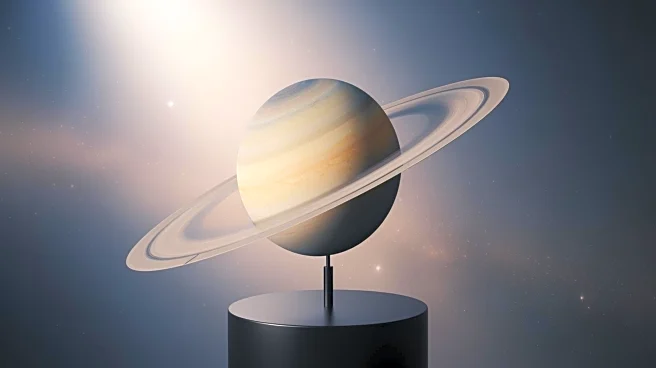What's Happening?
DwarfLab has introduced the Dwarf Mini Smart Telescope, a compact and portable device designed to simplify astrophotography. Weighing only 840 grams, this telescope offers advanced features such as intelligent
tracking and automation, making it accessible for both amateur and seasoned astrophotographers. The device is equipped with a Sony IMX662 sensor, known for its high sensitivity and low noise, and supports RAW imaging for detailed post-processing. The Dwarf Mini also includes built-in filters to enhance image quality under various conditions, and its app-based control system allows for easy operation and real-time image stacking.
Why It's Important?
The launch of the Dwarf Mini Smart Telescope represents a significant advancement in making astrophotography more accessible to a broader audience. By reducing the complexity and equipment traditionally required for deep-sky imaging, this device opens up new opportunities for hobbyists and educators. Its portability and ease of use mean that users can capture high-quality images without needing extensive technical knowledge or heavy equipment. This democratization of astrophotography could lead to increased interest and participation in the field, potentially inspiring future innovations and discoveries.
What's Next?
As the Dwarf Mini becomes available for pre-order at $399, it is likely to attract interest from various segments, including travelers, educators, and amateur astronomers. The device's success could prompt further developments in portable astrophotography technology, encouraging other companies to innovate in this space. Additionally, the ease of use and accessibility may lead to a surge in astrophotography content shared on social media and other platforms, further popularizing the hobby.
Beyond the Headlines
The Dwarf Mini's ability to simplify complex astrophotography processes could have educational implications, providing a practical tool for teaching astronomy and related sciences. Its user-friendly design may also encourage more people to engage with and appreciate the night sky, fostering a greater public interest in space exploration and science. This shift could influence cultural perceptions of astronomy, making it a more mainstream and accessible field.
